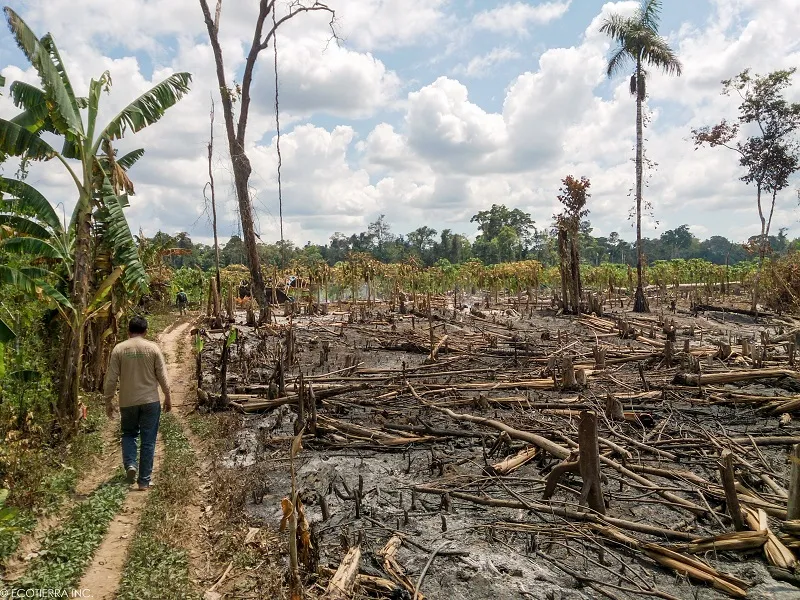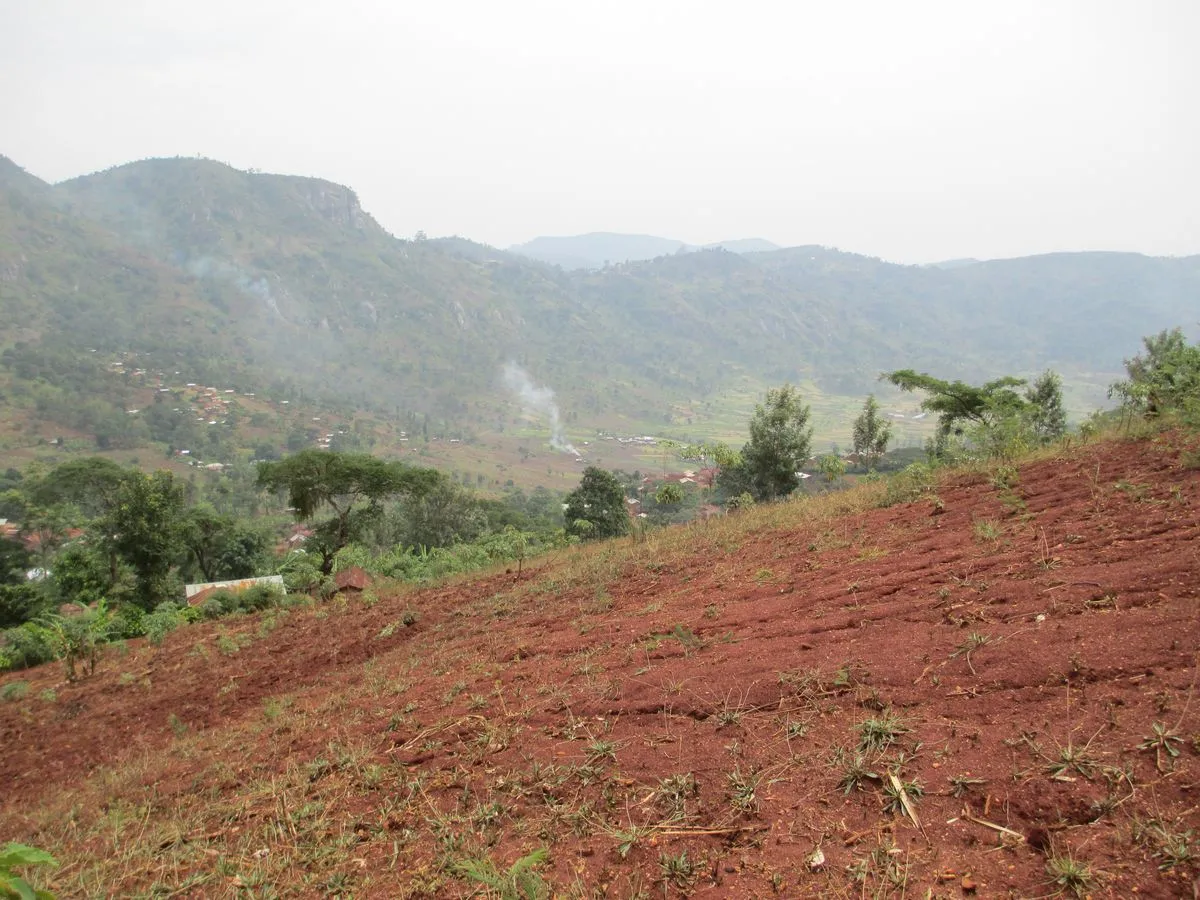
Slash and Burn in Agriculture is the process of cutting down trees and shrubs in the field in preparation for farming. After clearing the field, the foliage is burnt and the ashes in turn are meant to provide nutrients for the plants.
This practice is associated with shifting cultivation techniques which is widely practice in sub-saharan Africa and most third world and developing countries where subsistence agriculture is widely practiced.
In Nigeria where farming is mostly subsistence, shifting cultivation is widely practiced; hence, slash and burn agriculture is common practice. There is the advantage of large forest areas with small populations which makes it possible for the soil to recover before repeating the cycle of slash and burn.
However, there are places where the reverese is the case, where there is pressure on the land with massive populations on contrained land spaces. in this kind of places, the environmental impact of slash and burn agriculture is very devastating.

Environmental Impact of Slash and Burn
Sometimes Slash and burn agriculture is usually labeled as environmentally destructive, but it may be workable when practiced by small populations in large forests, where fields have sufficient time to recover before again being slashed, burned, and cultivated.
In the process of slashing and burning the field, there are impacts on the soil and its components resulting in drastic changes in the ecology and biodiversity of the soil.
These changes are not limited to the following;
- Soil erosion
- Deforestation
- Loss of Biodiversity
- Nutrient Loss

1. SOIL EROSION
Soil erosion is the displacement of the upper layer of soil, one form of soil degradation. This natural process is caused by the dynamic activity of erosive agents, that is, water, ice (glaciers), snow, air (wind), plants, animals, and humans.
In accordance with these agents, erosion is sometimes divided into water erosion, glacial erosion, snow erosion, wind (aeolean) erosion, zoogenic erosion, and anthropogenic erosion.
Soil erosion may be a slow process that continues relatively unnoticed, or it may occur at an alarming rate causing a serious loss of topsoil.
The loss of soil from farmland may be reflected in reduced crop production potential, lower surface water quality and damaged drainage networks.
The practice of slash and burn weaken the natural soil characteristic properties that ordinarily will help it to resist erosion either by run-off or wind.


2. DEFORESTATION
Deforestation occurs for multiple reasons: trees are cut down to be used for building or sold as fuel (sometimes in the form of charcoal or timber), while cleared land is used as pasture for livestock and plantation.
The removal of trees through slash and burn without sufficient reforestation has resulted in habitat damage, biodiversity loss, and aridity. It has adverse impacts on biosequestration of atmospheric carbon dioxide.


3. LOSS OF BIODIVERSITY
Continual slash and burn activities on farmers, if unchecked leads to Loss of biodiversity or biodiversity loss is the extinction of species (human, plant or animal) worldwide, and also the local reduction or loss of species in a certain habitat.
The latter phenomenon can be temporary or permanent, depending on whether the environmental degradation that leads to the loss is reversible through ecological restoration / ecological resilience or effectively permanent (e.g. through land loss). Global extinction has so far been proven to be irreversible.


4. NUTRIENTS LOSS
Nutrients can be lost in a number of ways. Soluble nutrients like nitrate and potassium can be lost in runoff and drainage water, whereas less soluble nutrients like phosphorus are more likely to be lost with sediments moving in eroding soils and run-off water.
Nitrogen can be lost by denitrification processes in soils that are saturated. Soils with high clay contents or in poor physical condition are slower draining and more likely to become saturated and anaerobic.
During the act of burning the foliage, the soil temperature is relatively increased; thus, the amount of nitrogen lost by denitrification depends on how long the soils are saturated and the soil temperature. When the temperature is between 13-16◦C losses are about 2% / day. As the soil warms losses increase to 5% /day [4].


In a bid to forsall, the environmental impact of this agricultural practice, in the sub-saharan Africa, especially Nigeria there has to be a concerted effort on the part of the government, non-governmental organisations, donor agencies and the farmers to;
- Educate the farmers on the dangers of the harmful traditional slash and burn practices
- Provide grants and loans for farming beyond subsistence farming
- Need for @steemchurch @farms to sensitize the @steemit community to embrace modern farming techniques in other to save and sustain our biodiversity

REFERENCES
[1] Soil Erosion
[2] Deforestation
[3] Loss of Biodiversity
[4] Nutrient loss